The history of Vizag definitely feels unfinished without a mention of the royals, who poured in their wealth and efforts towards developing the city. The Goday family of Vizagapatam indeed were benevolent and gracious, contributing to the establishment of many educational institutions and facilities for the public. John Castellas, a Vizag heritage enthusiast and aficionado, narrates the life story of Rajkumari Seetiumma, the daughter of Maharajah Sir Goday Naarayan Gajapathi Rao, and the Rani of Wadhwan.
She was Chiranjivi Soubhagyavati Rajkumari Seetiumma (affectionately known as Neeliumma after her paternal grandmother), the eldest daughter of Maharajah Sir Goday Narayan Gajapathi Rao KCIE. On 28 February 1884, she married His Highness Daji Raj, Thakore Sahib of Wadhwan, at the Maharajah’s residence, The Mansion, at Nungumbaukum to become the Rani of Wadhwan. The Rani was also the grandniece of Mr GL Nursing Rao of Vizag, who had taken the greatest pains to secure for her a good education and had given her a munificent dowry. Her uncle funded the Vizag wedding celebrations at his mansion in Dabagardens which included feeding and distributing clothes to the poor.
The Rani was the eldest daughter of the Vizag Maharajah’s first wife, Maharani Janakiamma, who had two daughters before she died in 1879. She was highly educated under an English governess by her uncle and was regarded as an intelligent, articulate and very accomplished lady. As a young woman, the Rani mixed in British Society, but after marriage, she retired to the seclusion of the purdah. Her sister Lakshmi Narasamma had a similar upbringing and married the Zamindar of Kurupum and Chemudu.
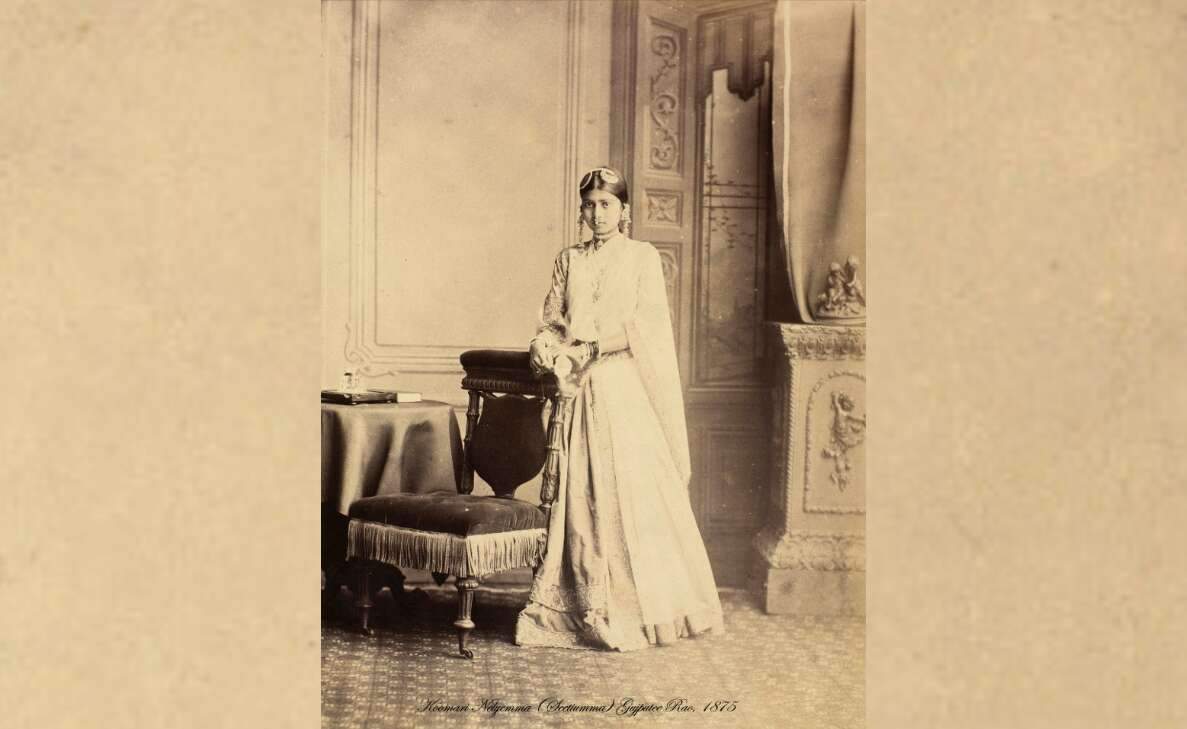
The Rani was widowed when her husband the Thakore Sahib of Wadhwan died on 5 May 1885 aged 26 years. On the death of her husband, she came as a widow to live in her maternal house and settled at Surya Bagh palace in the family Dabagardens Estate in Vizagapatam. The Rani chose to shut herself in the seclusion of the Zenana as a sign of devotion to her late Consort and received ladies only, and conducted business with all men from behind the purdah screen. Since his death, prayers for his soul were offered from 9 to 12 pm every night. Should the Rani be away when the prayers ought to commence, nothing was done till the Rani arrived home. The pious Rani was never absent from this ceremony.
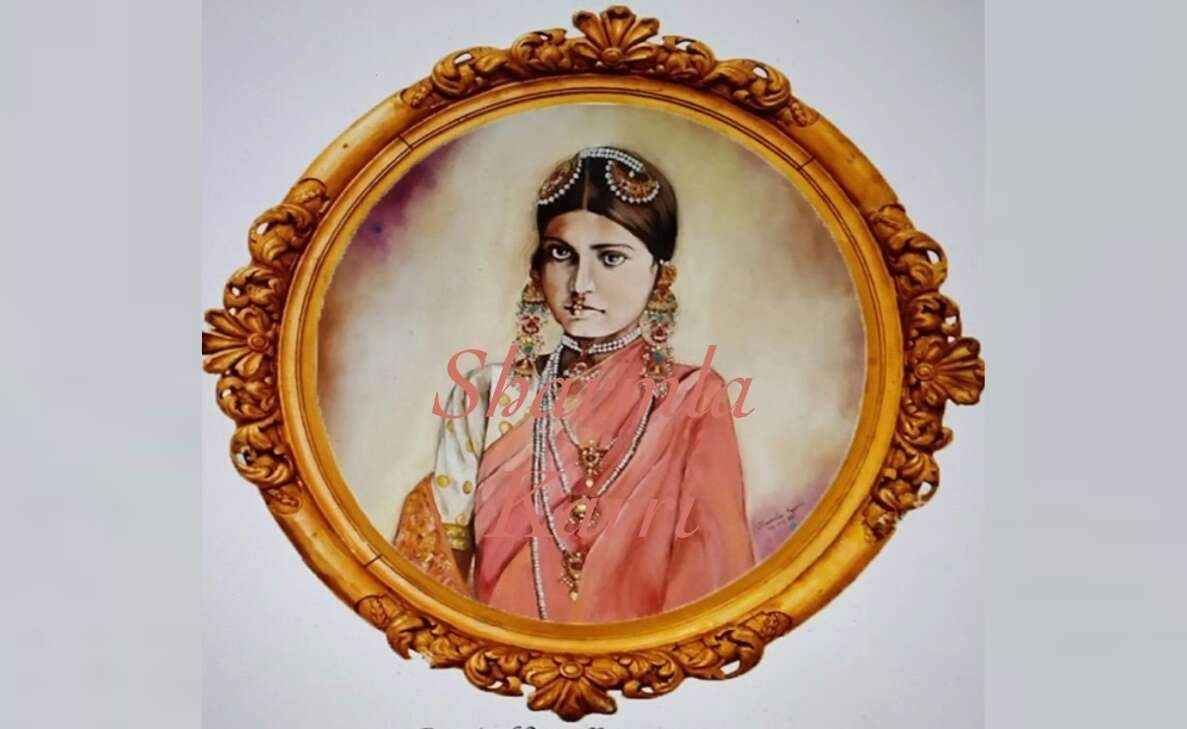
The Rani attended the duties of the State herself, giving orders to an old family servant whose duty in turn was to convey the Rani’s orders to the attendants on the estate. Visitors to Surya Bagh describe the elegant furnishing in the reception rooms as being suggestive of the Rani’s good taste. They also described her dressing in mourning for her consort, being young, pretty and graceful, she would dress in a black long silk skirt, black silk jacket, and black silk veil hanging from the shoulders and fastened over each shoulder with a costly diamond brooch. On the feet were worn black silk stockings and patent leather court shoes. Her hair was nicely parted on the side and dressed over the ears. In the ears was wearing a beautiful pair of diamond earrings. On the small left hand was but one ring. On her wrists was a pair of pearl bracelets with clasps, each bracelet having about five rows of pearls. The Rani had large dark eyes, long eyelashes, an oval face, a small straight nose and a small mouth. There were no artificial aids to beauty required, no dabs of paint, and everything showed simplicity and good taste. The Rani spoke English exceedingly well and was well-versed in poetry and music. She also exhibited great talent in drawing.
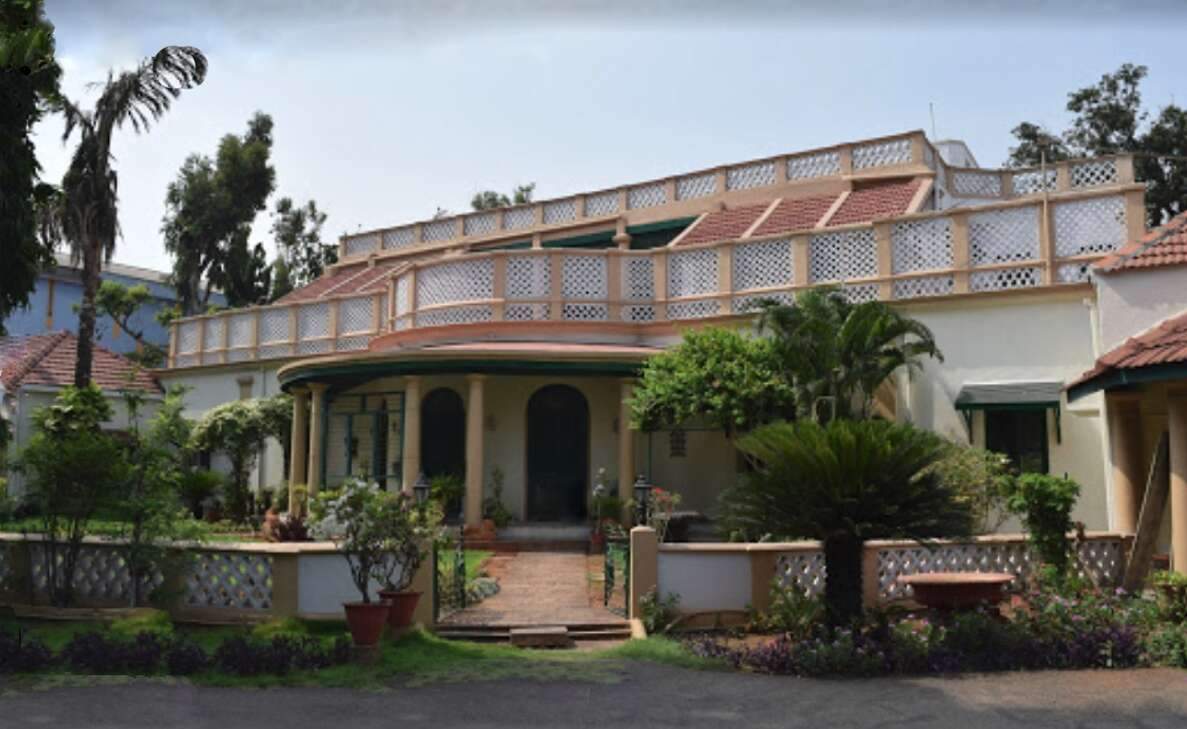
Whenever the Rani visited her father at The Mahal in old Vizag, she drove in a closed horse-drawn landau carriage, having pane shutters instead of glass. On alighting the carriage, about ten men held a square partition of white sheeting, allowing the Rani to conveniently pass through this, straight into her carriage, unobserved even by the coachmen. Similar square enclosures were kept both at her father’s and her late sister’s palace. In 1912, the Rani bought one of the first automobiles to be seen in Vizag. The Humber Landaulette was fitted with smoked glass windows lined with fine gauze for use by the ladies of the Zenana so that they could see but remain unseen.
Following the early demise of her sister, the Rani of Kurupum, in 1901, the Rani of Wadhwan provided motherly care for her nephews and niece Rajkumar Suriyanarayana Raju (6 years) and Rajakumar Gajapathi Raju (3 years) and daughter Rajkumari Ratnayyama (4 years), who were being brought up in an English fashion by a European Governess. The offspring of this family has since intermarried into other aristocracies of the region.
As her father, the Maharajah was a Member of the Legislative Council in Madras. The young unmarried Rani had a free lifestyle where she drove herself around, rode horses, mixed with British society and even accompanied her father to a private audience with the Prince of Wales (future King Edward VII) of England during a State Visit in 1875. She kept an occasional correspondence with the Prince before he became King. In later years, the Rani had many European Lady friends in Waltair who had an interest in their social life at the Club and of the Waltair Gymkhana Golf Club. When her father constructed a pavilion for the golf club, the Rani donated the Wadhwan Cup as a perpetual trophy.
Said to be a woman of commanding intellect, in 1909, she took a leading role in the Temperance Movement for women. Under her patronage and literary interest, the Sanskrit word ‘Samvadatrayam’ and “Upmaka Kshetramahatyam’ was translated into Telugu.
There were many notable charitable causes that the Rani supported including The Rani of Wadhwan’s Dharnimala for Hindu Widows in Waltair established in 1886 in memory of her late husband and to share compassion for young sister-widows like herself. She found that personally managing the institution was a useful and congenial occupation for her and she encouraged others who protested the unjust treatment of women in society to do something. She encouraged the young widows to learn needlework and Rani herself assisted in showing how to work embroideries on table covers, Indian curtains, etc. All the work done on the premises was then sold; the means derived thereby went towards the expenses of the home. Seethammadhara is the location of this institution and it is named after Seethiumma the Rani of Wadhwan.
The Rani contributed to the World War 1 fund in 1915, established by Lord Pentland the Governor of Madras. Together with the Maharajahs of Vizianagaram, Bobbili, Jeypore, Kurupum and Annakapalli, they were the major contributors. This War Fund enabled the Government to lease and refit a steamer from the British India Steam Navigation Company as a Hospital Ship called SS Madras for support of the war effort in Mesopotamia.
In 1917 the Vizag Reading Room or Sri Maharaja GN Gajapathi Rao Hindu Reading Room was donated by Rani Saheba of Wadhwan in memory of her father, was opened by the Governor Lord Pentland who presented the Rani with the Kaiser-I-Hind medal which was awarded to her in the 1916 New Years Honours.
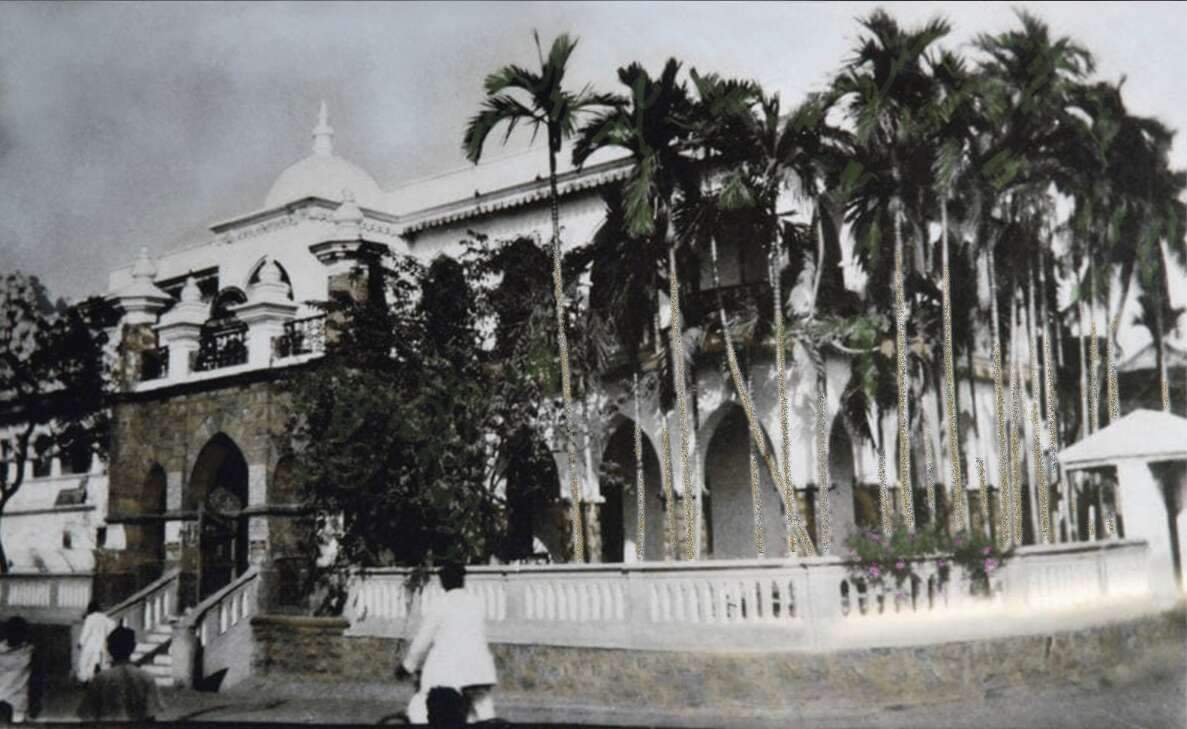
In 1922, the Rani formed the Maternity and Child Welfare Association, and on November 20th its first Health Centre in the town was opened. She was involved in a prolonged court battle relating to the rights of land title by a Hindu widow and for the estate of her father who passed away in 1903 leaving her mother a widow.
This article is the third in a series of four articles about the Last Maharajah of Vizagapatam, the Maharani and two daughters, the Rani of Wadhwan and Rani of Kurupam. The portraits are painted oil on canvas by Vizag artist Sharmla Karri from photographs in European archives. As the ladies lived in purdah after marriage, their images were photographs taken before marriage.
Should you have an anecdote or history on Vizag, the author would appreciate you contacting him at [email protected]
Written by John Castellas whose family belonged to Vizag for 5 generations. Educated at St Aloysius, migrated to Melbourne, Australia in 1966, former General Manager of Engineering at Boeing & Qantas Airways, in retirement Lecturers in Aviation Management at Swinburne University and is a Vizag aficionado.
Stay tuned to Yo! Vizag website and Instagram for more heritage stories.


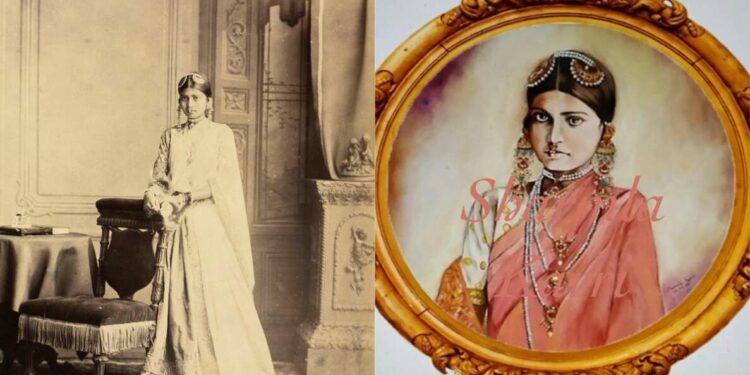







Discussion about this post